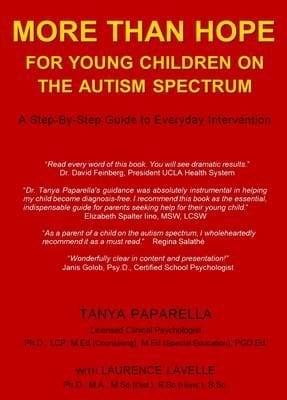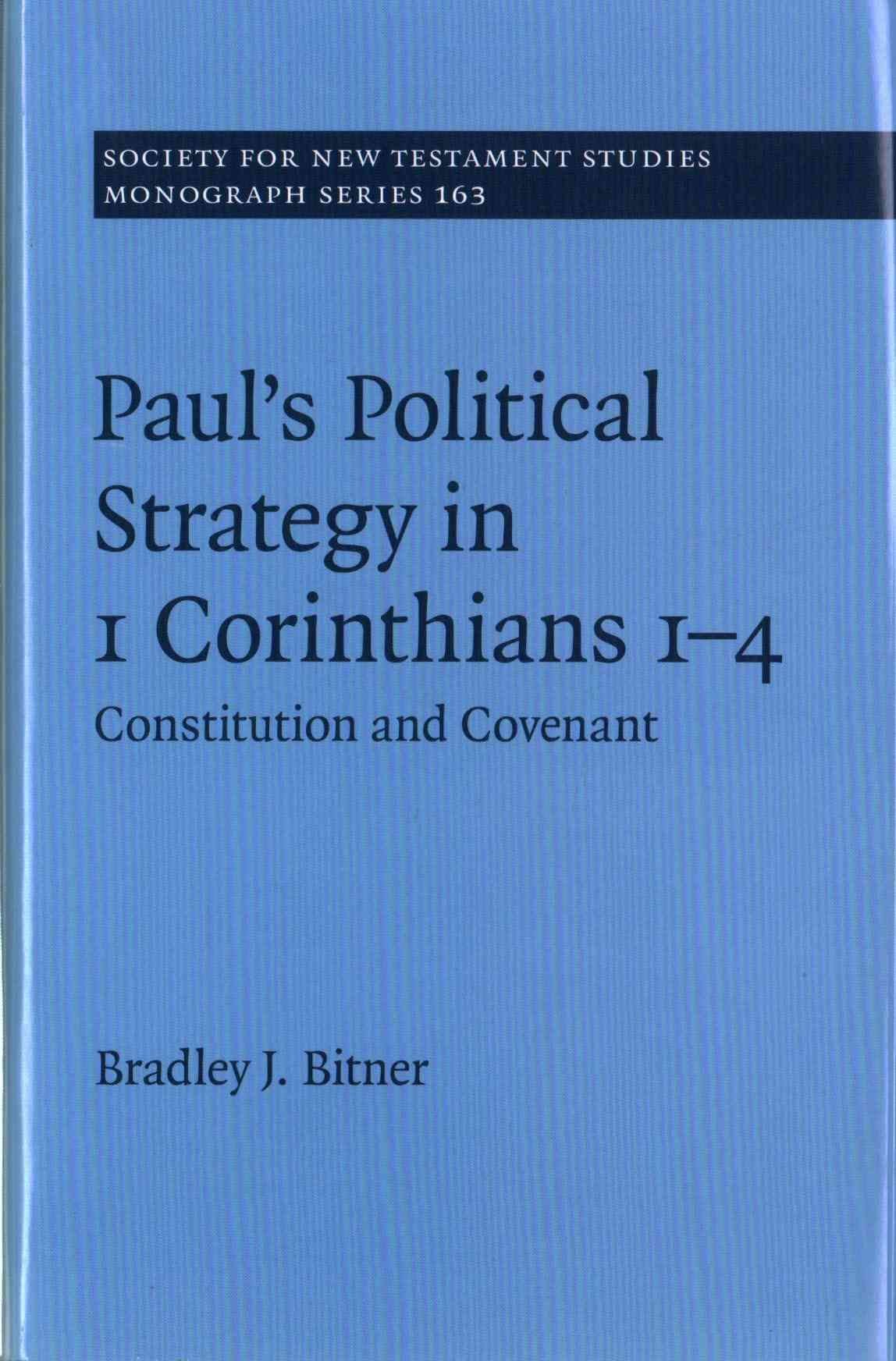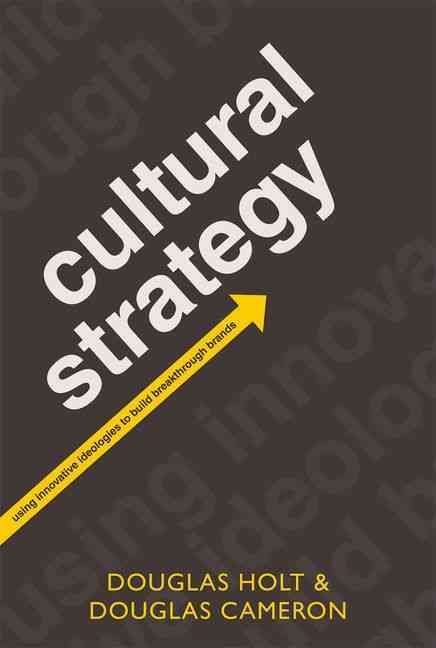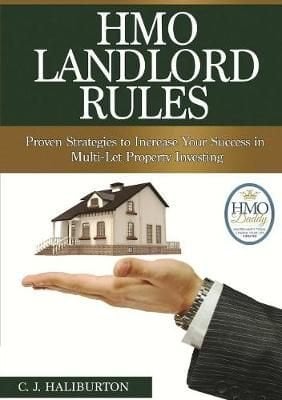Are you having trouble in finding Tier II intervention materials for elementary students who are struggling in math? Are you hungry for effective instructional strategies that will address students’ conceptual gap in additive and multiplicative math problem solving? Are you searching for a powerful and generalizable problem solving approach that will help those who are left behind in meeting the Common Core State Standards for Mathematics (CCSSM)? If so, this book is the answer for you. • The conceptual model-based problem solving (COMPS) program emphasizes mathematical modeling and algebraic representation of mathematical relations in equations, which are in line with the new Common Core. • “Through building most fundamental concepts pertinent to additive and multiplicative reasoning and making the connection between concrete and abstract modeling, students were prepared to go above and beyond concrete level of operation and be able to use mathematical models to solve more complex real-world problems. As the connection is made between the concrete model (or students’ existing knowledge scheme) and the symbolic mathematical algorithm, the abstract mathematical models are no longer “alien” to the students.” As Ms. Karen Combs, Director of Elementary Education of Lafayette School Corporation in Indiana, testified: “It really worked with our kids!” • “One hallmark of mathematical understanding is the ability to justify,… why a particular mathematical statement is true or where a mathematical rule comes from” (http://illustrativemathematics.org/standards). Through making connections between mathematical ideas, the COMPS program makes explicit the reasoning behind math, which has the potential to promote a powerful transfer of knowledge by applying the learned conception to solve other problems in new contexts. • Dr. Yan Ping Xin’s book contains essential tools for teachers to help students with learning disabilities or difficulties close the gap in mathematics word problem solving. I have witnessed many struggling students use these strategies to solve word problems and gain confidence as learners of mathematics. This book is a valuable resource for general and special education teachers of mathematics. - Casey Hord, PhD, University of Cincinnati












